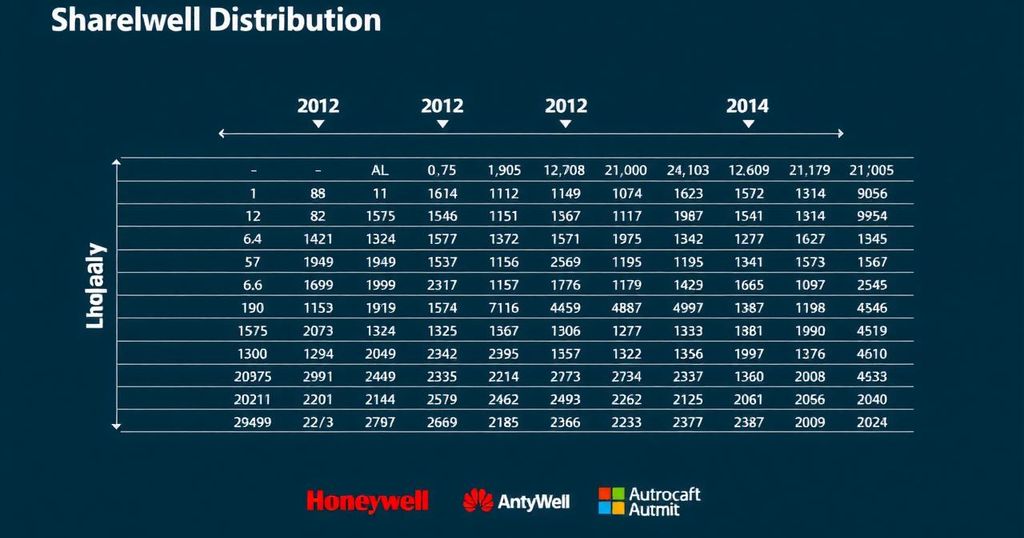Summary
Honeywell Automation India Limited (NSE:HONAUT) represents a compelling case within the landscape of public companies, where public entities claim approximately 75% of the equity distribution, while institutional investors acquire a minority stake of 13%. This distribution of shares provides considerable influence to public companies in determining corporate governance and strategic directions. Among the substantial shareholding, Honeywell International Inc. stands as the principal shareholder, possessing 75% of the shares. This dominance indicates that they wield significant power—potentially even outright control—over the corporate trajectory of Honeywell Automation India. Following them, Nippon Life India Asset Management Limited holds 2.9% of shares, and Aditya Birla Sun Life AMC Limited owns around 1.9%. The notable institutional ownership of 13% suggests that investment professionals have deemed the company to be worthy of interest, prompting an analysis benchmarked against local market indices. In corporate structures such as this, caution is warranted; heightened institutional ownership can lead to a scenario called a ‘crowded trade,’ where a rush to liquidate holdings occurs in adverse conditions, exacerbated when historical performance lacks robust growth indicators. In examining the insider ownership, which is typically recognized as favorable, Honeywell Automation India shows that executives and board members collectively hold a minor stake of less than 1%, translating to a value of approximately ₹10 million. Although this minor holding may cultivate alignment, it can complicate the accountability of management to shareholders. The public also possesses a 12% stake, primarily represented by individual investors, who can exert influence, albeit not dominantly, over company decisions. The extensive ownership by public companies indicates a possible intertwining of business interests, warranting ongoing observation of any changes in share ownership. To gain a comprehensive understanding of Honeywell Automation India, it is vital to consider various factors beyond ownership structure, including the assessment of historical performance metrics and future growth prospects projected by analysts. Acknowledging that valuation presents numerous complexities, stakeholders are encouraged to explore detailed analyses and fair value estimations to ascertain the company’s financial standing, risks, and potential dividends. In conclusion, while Honeywell Automation India Limited’s ownership distribution suggests considerable influence by public entities and institutional investors, stakeholders must remain vigilant in monitoring the dynamics of control and performance. For further insights regarding the company’s financial history and analyst evaluations, stakeholders are invited to access resources that provide a meticulous examination of performance indicators and forecasts, mindful that investment decisions should be tailored to individual financial objectives and circumstances.
Original Source: simplywall.st

Leave a Reply